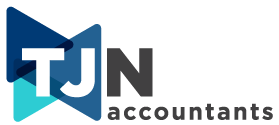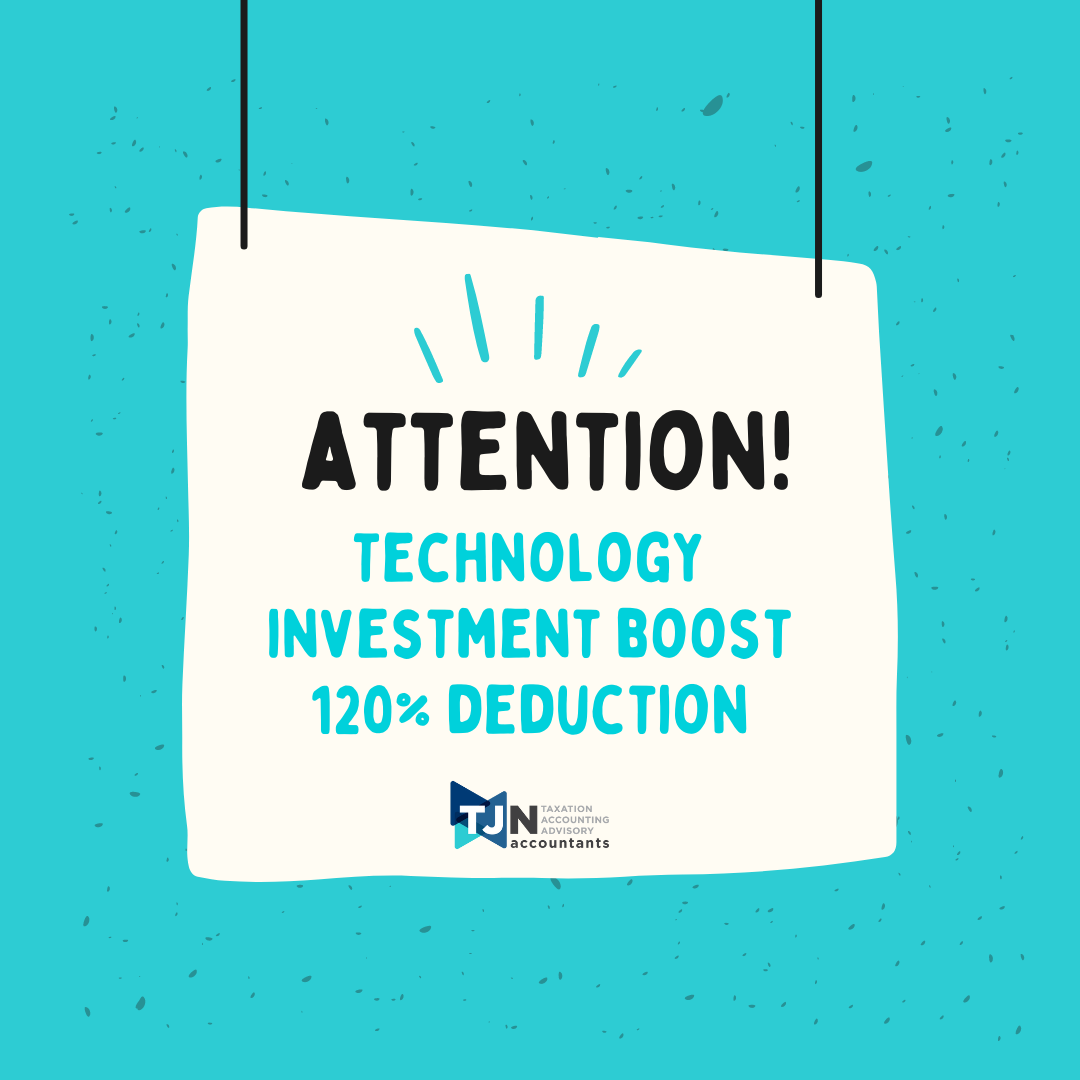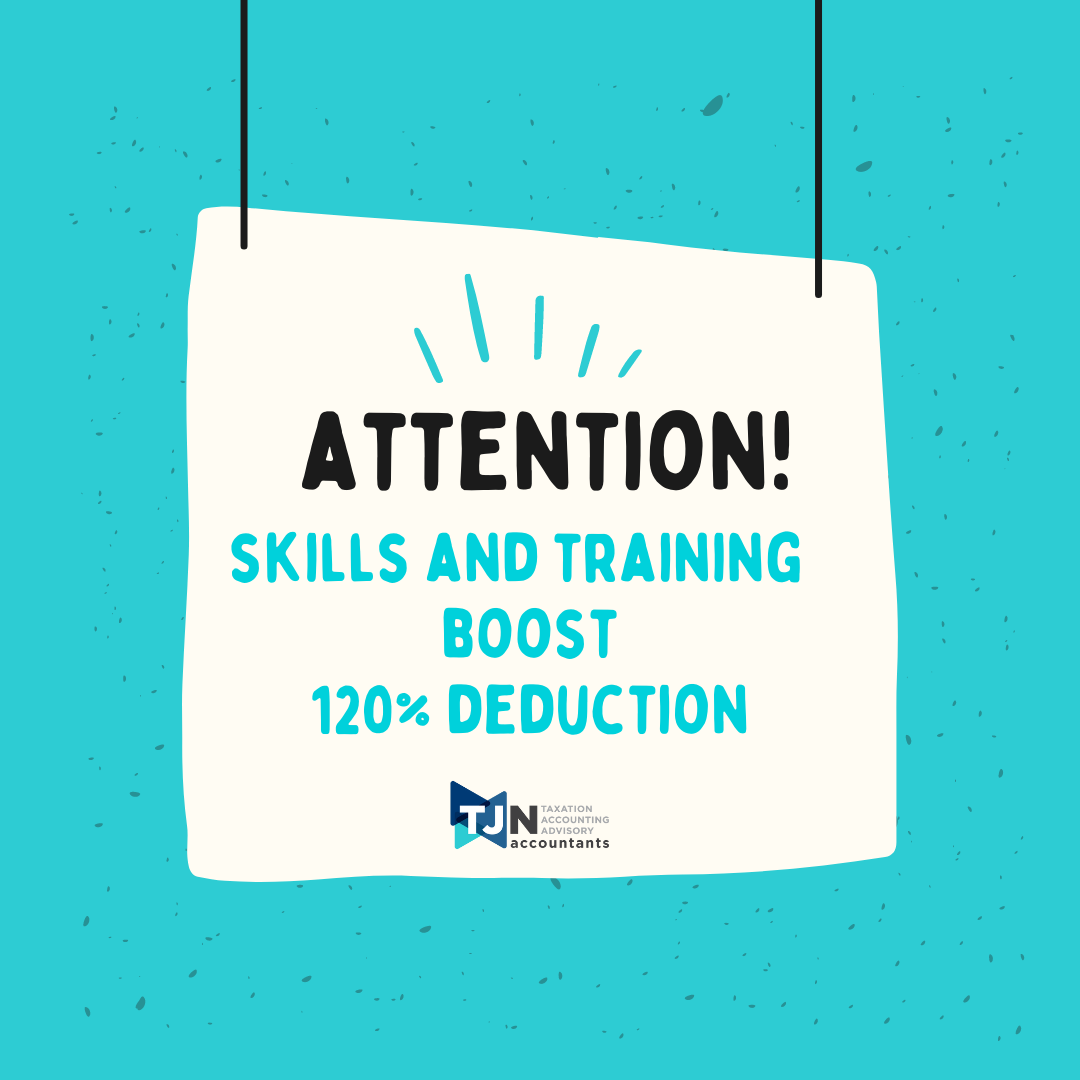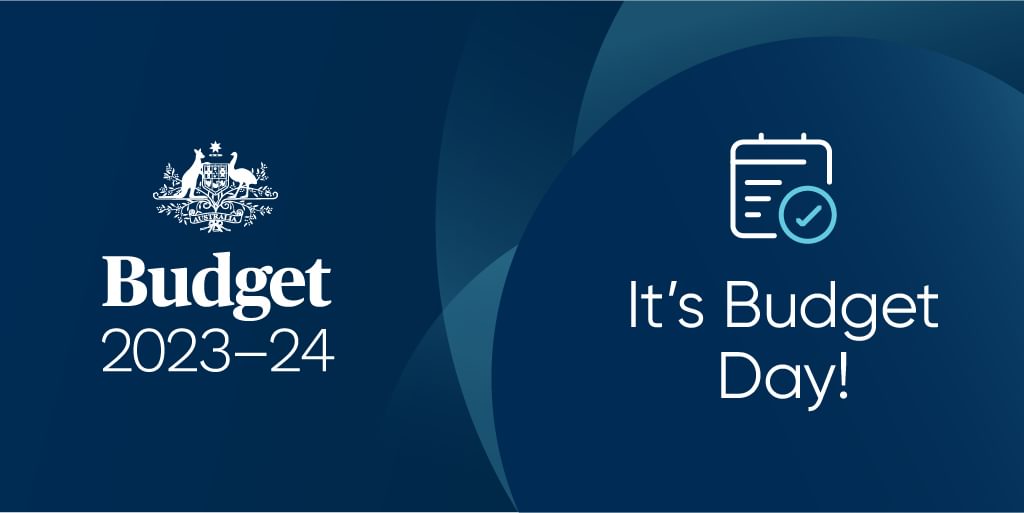Unravelling the Super Liability for Contractors
Do you engage contractors for your business? It is important that you are aware of your obligations regarding contractors. There are two factors you need to think about:
(1) Whether the worker is actually an employees for your business (and not a contractor) – which means your business will be liable to withhold tax and pay super for the worker;
(2) If they are legally a contractor, whether your business still has a super obligation.
We have looked at each of these below.
1. Contractors or employees?
The first issue you need to consider is whether the workers you pay as “contractors” are actually employees?
If they are actually employees, then your business will be liable to withhold tax from their payments and also pay their super.
The ATO have a table on their website (extracted below) which outline the factors to consider when determining whether your workers are contractors or employees. No single factor is definitive. Rather, you need to consider the whole of the relationship.
Factor 1 – Control
- Employee: Your business has the right to control how, where and when the worker does their work.
- Contractor: The worker can choose how, where and when their work is done, subject to reasonable direction by you.
Factor 2 – Integration
- Employee: The worker serves in your business. They are contractually required to perform work as a representative of your business.
- Contractor: The worker provides services to your business. The worker performs work to further their own business. They may choose to present themselves as part of your business.
Factor 3 – Method of Payment
- Employee: The worker is paid for either time worked, a price per item or activity, a commission.
- Contractor: The worker is contracted to achieve a specific result, and is paid when they have completed that result, often for a fixed fee.
Factor 4 – Ability to Subcontract or Delegate
- Employee: The worker must perform the work themselves and cannot pay someone else to do the work for them.
- Contractor: The worker is free to delegate to others who the worker will pay to complete the work on their behalf.
Factor 5 – Provision of Tools an Equipment
- Employee: Your business provides all or most of the equipment, tools and other assets required to complete the work or the worker provides the tools but your business provides them with an allowance.
- Contractor: The worker provides all or most of the equipment, tools and other assets required to complete the work, and you do not give them an allowance.
- Employee: The worker bears little or no risk. Your business bears the commercial risk for any costs arising out of injury or defect in their work.
- Contractor: The worker bears the commercial risk for any costs arising out of injury or defect in their work.
Factor 7 – Goodwill
- Employee: Your business benefits from any goodwill arising from the work of the worker.
- Contractor: The worker’s business benefits from any goodwill generated from their work, not your business.
Source: Australian Taxation Office – https://www.ato.gov.au/Business/Employee-or-contractor/Difference-between-employees-and-contractors/#Employeeorcontractor
2. Super for contractors
Even if the person engaged is a contractor, you may still have a liability to pay super on their behalf. If you pay your contractor predominantly for their labour, they will be regarded as “employees” for superannuation purposes and you will need to pay super for them.
When will a contractor be an “employee” for superannuation purposes?
A contractor will be an employee for superannuation purposes if:
- They are engaged mainly for their labour (more than half of the dollar value of their contract is for their labour);
- Their payment isn’t dependent on them achieving a specific result (ie. they are paid for their labour regardless of the result);
- They cannot delegate the work to someone else.
If you enter into a contract with a company, trust or partnership, this entity will never be regarded as an employee for superannuation purposes.
What are the penalties for not paying superannuation for your contractors?
The penalties for not paying super for your contractors are the same as not paying super for employees.
If you do not pay super when required, there can be penalties of up to 200% of the liability (which means you have to pay the original liability plus another 2 x the liability as a penalty – and none of these payments will be deductible). Further, the unpaid superannuation liability may become a personal liability of the directors of your company if it remains unreported and unpaid.
What should I do now?
We recommend that you:
- Download a list of the payments you are currently making to your contractor
- Summarise the payments and group all payments to the same contractor together.
- Review each contractor to determine whether they will be an employee for superannuation purposes (the ATO have developed a specialised decision tool that you can use to determine whether your business is required to pay super for contractors – see here.)
If you determine that your contractors are eligible for super, you will need to comply with the standard employer obligations for super (see here).
Please do not hesitate to contact us if you would like to discuss your obligation to pay super for contractors.
DISCLAIMER: The information in this article is general in nature and is not a substitute for professional advice. Accordingly, neither TJN Accountants nor any member or employee of TJN Accountants accepts any responsibility for any loss, however caused, as a result of reliance on this general information. We recommend that our formal advice be sought before acting in any of the areas. The article is issued as a helpful guide to clients and for their private information. Therefore it should be regarded as confidential and not be made available to any person without our consent.

Jeanette has over 20 years experience as an accountant in public practice. She is a Chartered Accountant, registered tax agent and accredited SMSF Association advisor. When she is not helping business owners grow their empires, you will likely find her out running on the trails or at the gym. Book in to see Jeanette today.











